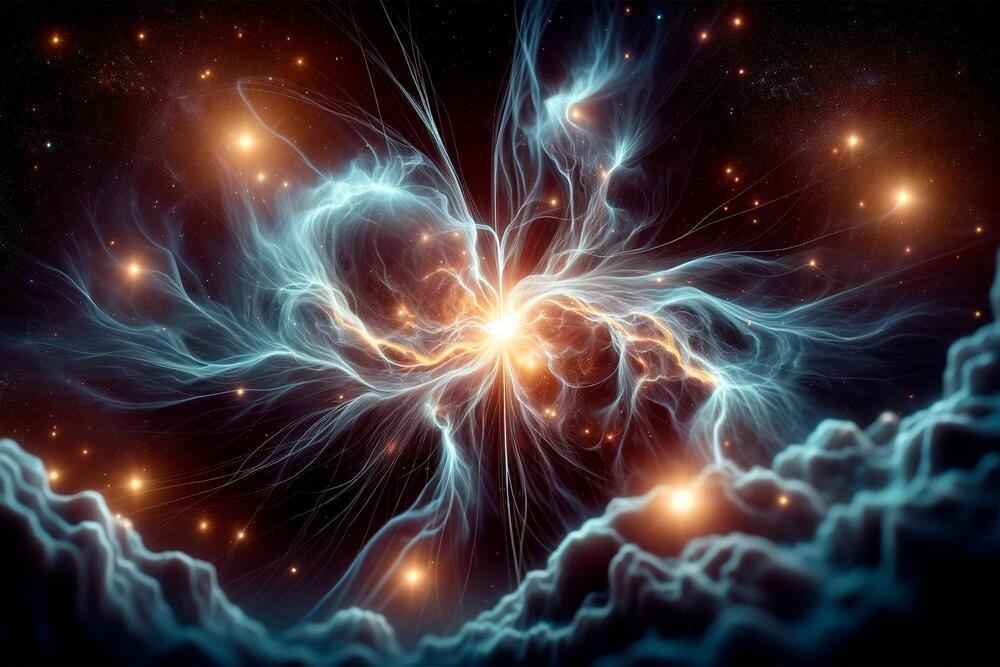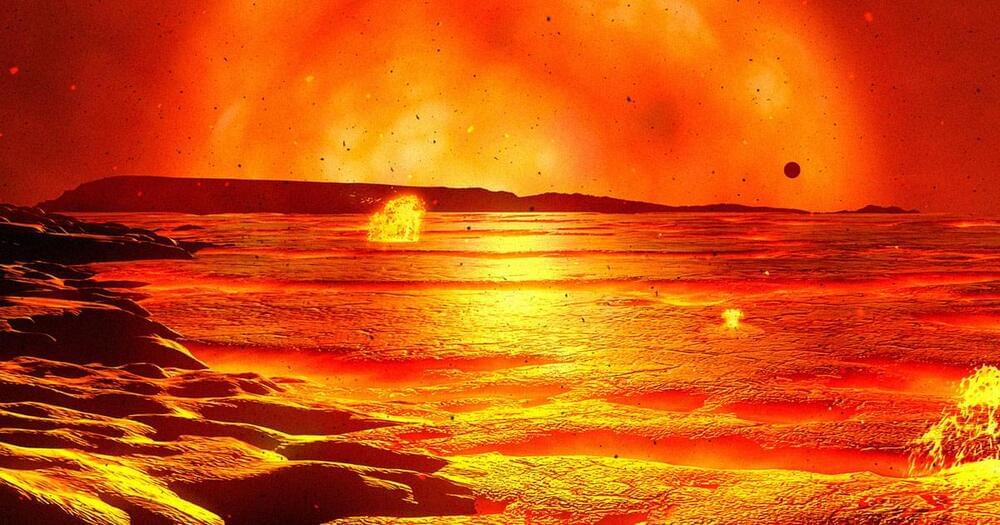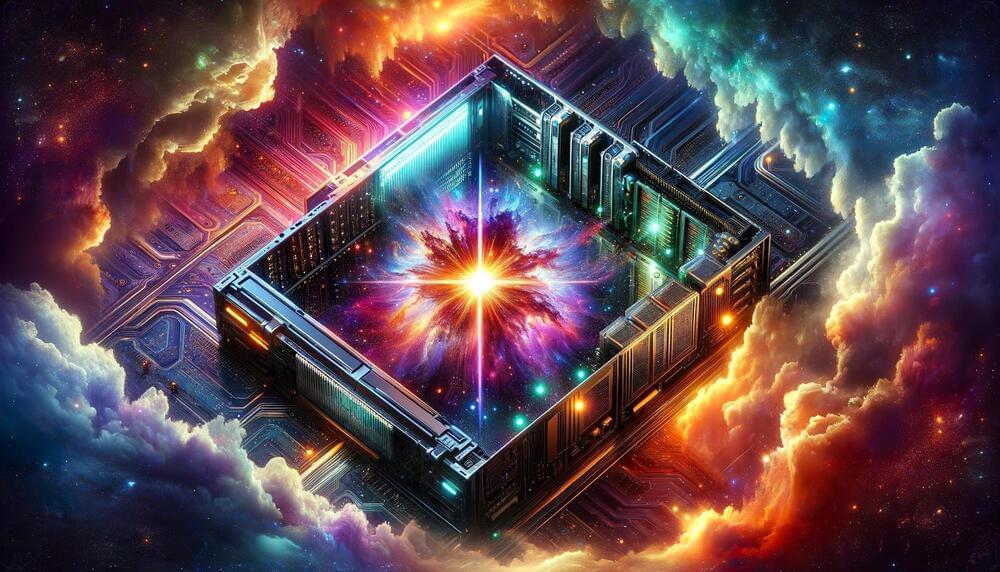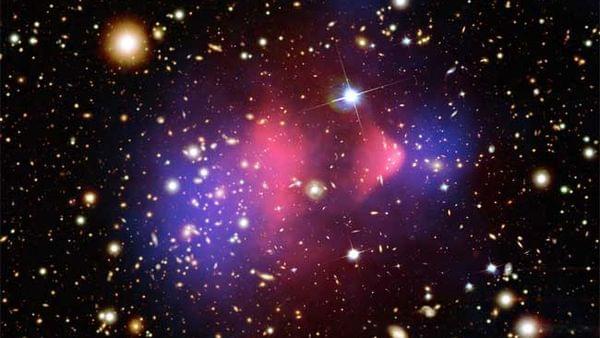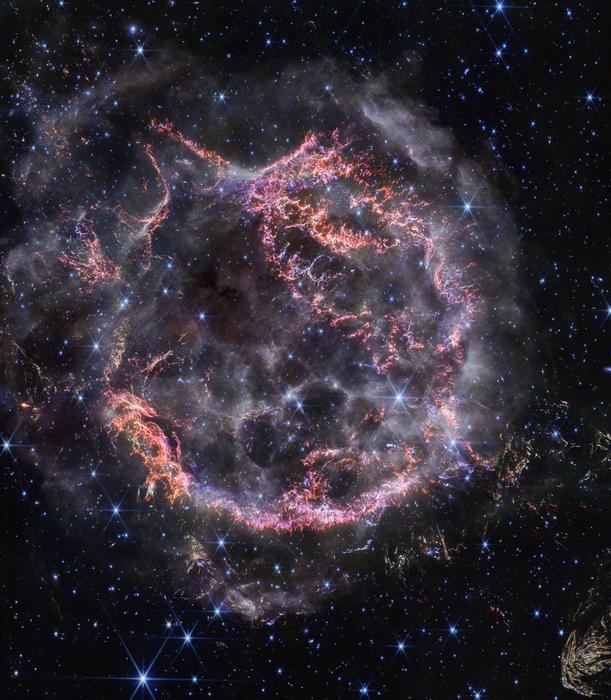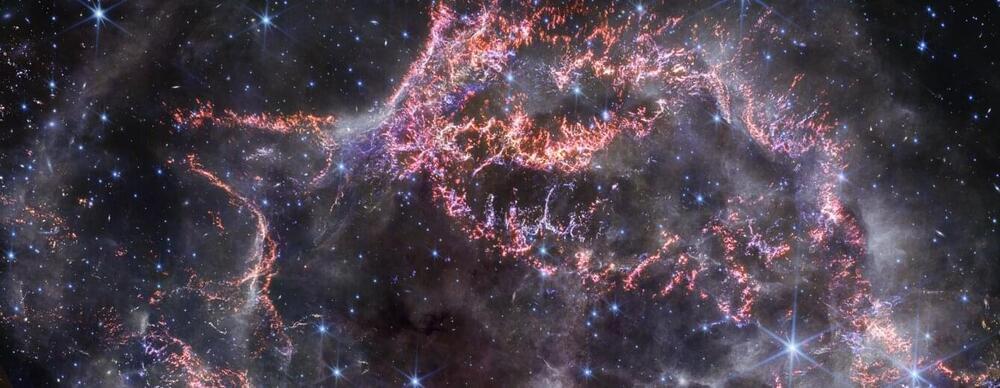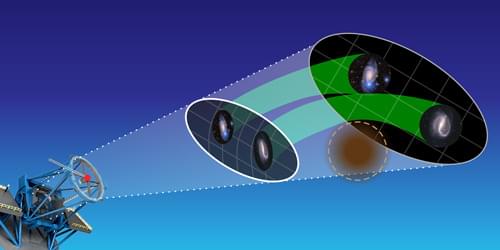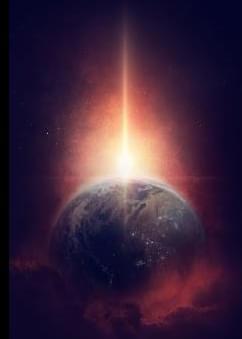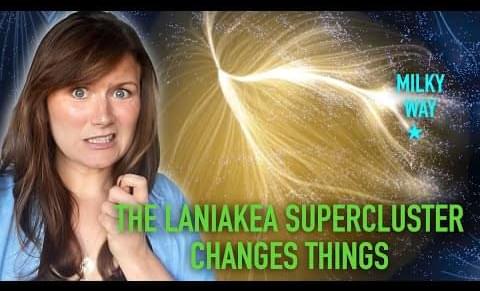Dec 17, 2023
James Webb telescope discovers oldest black hole in the universe
Posted by Dan Breeden in category: cosmology
The James Webb Space Telescope (JWST) has spotted the oldest black hole ever seen, an ancient monster with the mass of 1.6 million suns lurking 13 billion years in the universe’s past.
The James Webb Space Telescope, whose cameras enable it to look back in time to our universe’s beginnings, spotted the supermassive black hole at the center of the infant galaxy GN-z11 just 440 million years after the universe began.
And the space-time rupture isn’t alone, it’s one of countless black holes that gorged themselves to terrifying scales during the cosmic dawn — the period about 100 million years after the Big Bang when the young universe began glowing for a billion years.

